Unit 37A in Idaho presents both challenging and rewarding hunting experiences, particularly for those targeting elk or mule deer. Hunters frequently highlight the steep and rugged terrain, suggesting that success often comes to those willing to venture far from roads and endure physical demands, resulting in encounters with quality game amidst low density. Access can be constrained due to the many roads crossing private property, necessitating careful planning for entry points, particularly using roads from the north via Highway 28. Successful hunting strategies often involve focusing efforts around vegetation near streams and understanding the variable pressure from neighboring Unit 29, urging hunters to consider locations further north where access is more limited and pressure potentially reduced.




